- November 22, 2024
- Updated 5:24 am
EXPLAINER | 49 years of Emergency: A look back at India’s darkest days when Indira Gandhi declare Emergency
- 49 Views
- admin
- June 25, 2024
- Latest News
49 years of Emergency: Do you remember anticipating a fresh morning on June 24, 1975, but surprisingly you wake up to a completely transformed country where thousands and millions of individuals have been detained and prominent leaders have been taken into custody?
Eagerly waiting for the arrival of the newspaper along with your morning tea, you surprisingly discover that several newspapers have not been printed, instead journalists were heard reporting the news on the radio and suddenly you come across the voice of Indira Gandhi, the then Prime Minister which leaves you in disbelief.
The night of June 25, 1975, is significant in Indian history as it marked a pivotal moment in the country’s political landscape. Let’s look into the reasons behind the emergency

On the night of June 25-26, 1975, then-Prime Minister of India, Indira Gandhi, declared a state of Emergency throughout the country. This decision was made citing internal disturbances, which she believed threatened the stability and security of India.
Indira Gandhi’s journey as Prime Minister of India, beginning in 1966 after Lal Bahadur Shastri’s sudden demise, was marked by significant challenges and transformations that reshaped both her leadership style and India’s political landscape.
Initially, many prominent leaders dismissed her capabilities, viewing her as inexperienced and underestimating her intellect due to prevailing gender biases. However, Indira Gandhi quickly asserted herself, making bold and controversial decisions that redefined her image and the trajectory of Indian politics.
As the time passed, Indira Gandhi began making numerous challenging choices. During that time, there was a conflict between Indira and the Judiciary when Indira modified the law following her defeat in a court case challenging her actions. Two major instances are the nationalisation of 14 banks and the ending of the Privy Purse in India.
Nationalisation of 14 banks
In July, 1969, then prime minister Indira Gandhi announced that 14 significant commercial banks, which together held 85% of the nation’s bank deposits, had been nationalised. The banks on the list were United Bank of India, Canara Bank, Punjab National Bank, Bank of India, Bank of Baroda, and Bank of India.
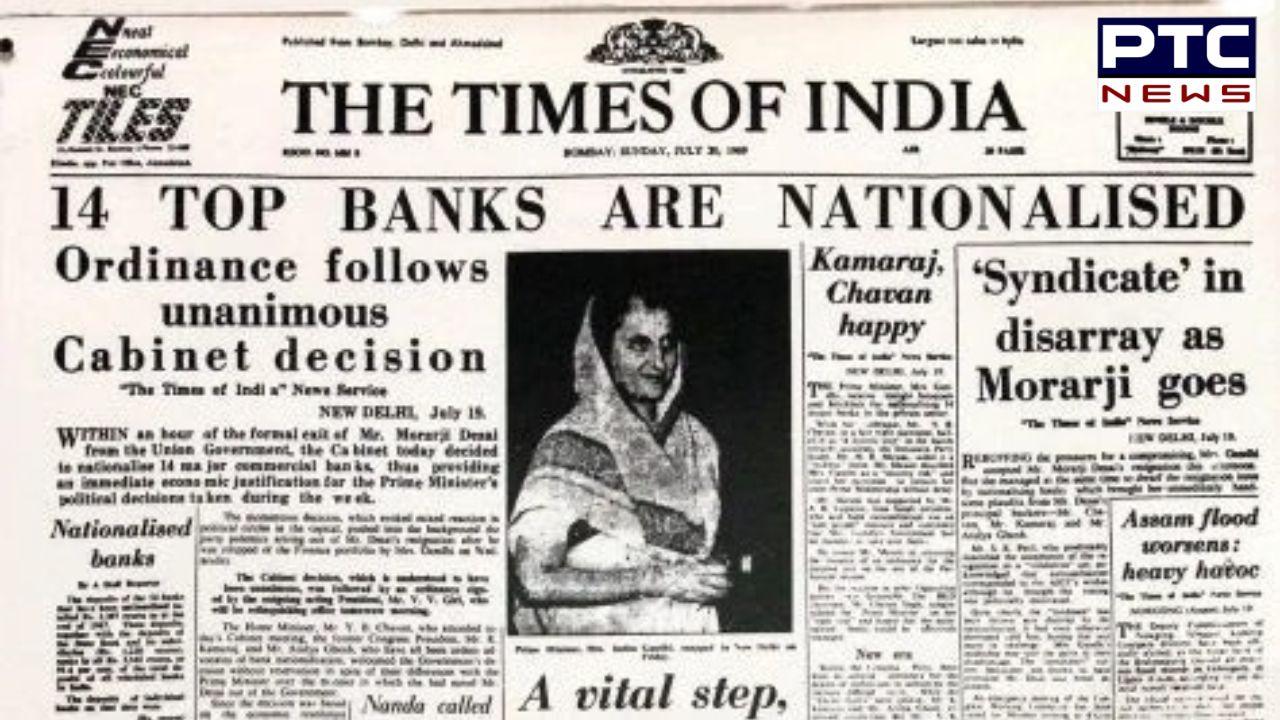
R.C. Cooper, a director at the Central Bank of India, took the Government of India to court over their decision. The Supreme Court ruled against the Indira government’s bank nationalisation law, but the government managed to overturn the decision by amending the law.
Privy Purse in India
The Privy Purse in India was a financial grant provided to former princely states after independence to support their expenses. It aimed to integrate these states into the Indian Union peacefully.
In 1969, Indira Gandhi’s government introduced a bill to abolish the Privy Purse, which faced legal challenges and a Supreme Court ruling against it. Despite initial setbacks, the government persisted, eventually passing the bill in 1971, thereby ending the Privy Purse permanently.
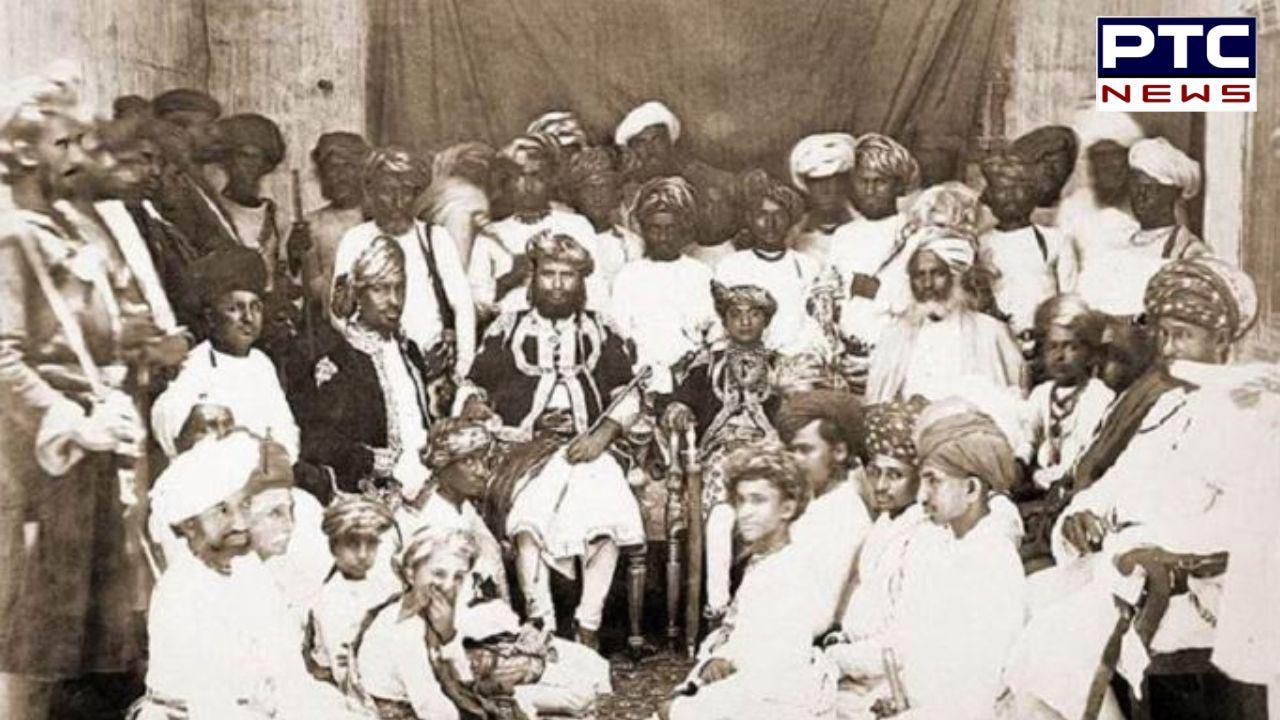
This move consolidated central authority and marked a significant step in the integration of princely states into the democratic framework of independent India.
India-East Pakistan War
With more than 10 million East Pakistan refugees, then Prime Minister Indira Gandhi used a multifaceted approach during the 1971 India-Pakistan conflict.
She decisively won the war, dividing Pakistan into two nations, Bangladesh comprising more than 60% of Pakistan’s population and her reputation further extended.
After winning a big majority in the 1971 Lok Sabha elections, Indira began to encounter more difficulties.
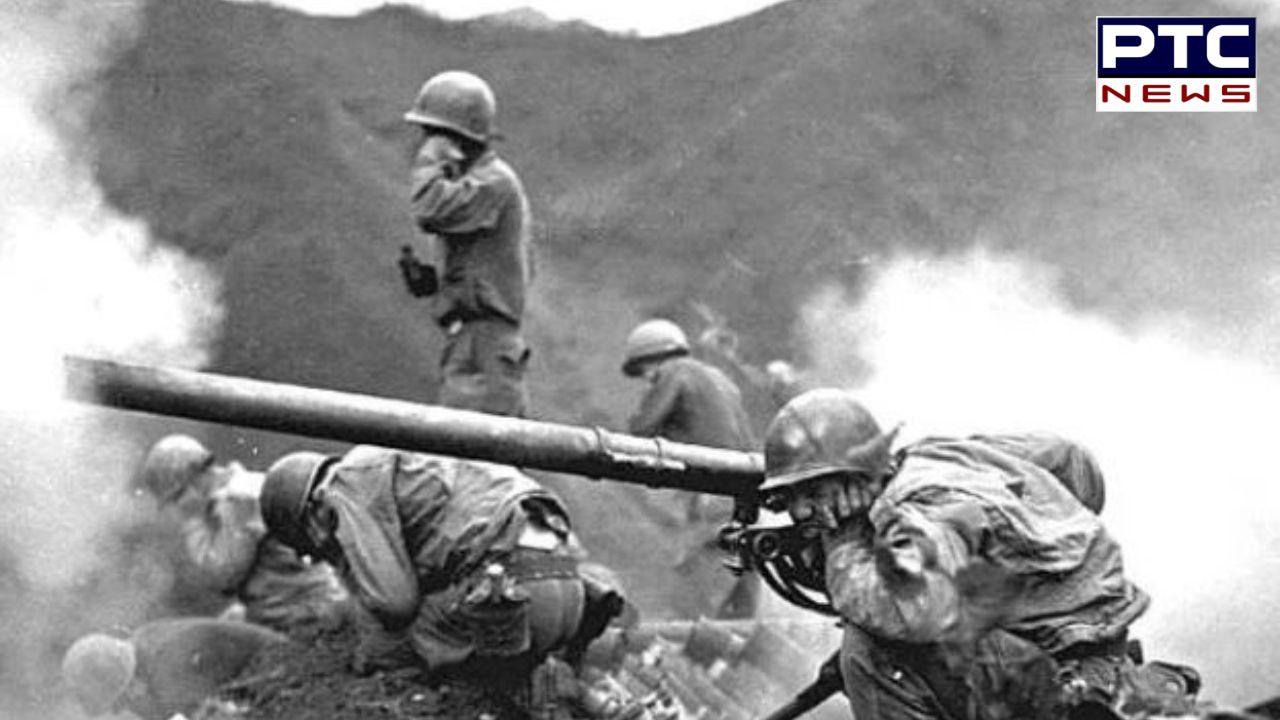
Indira Gandhi contested in the Rae Bareilly constituency of Uttar Pradesh as a candidate for the Congress party, facing off against Raj Narain. Following Indira’s win, Raj Narain proceeded to the Allahabad High Court claiming that Indira Gandhi had violated election rules outlined in the Representation of People’s Act, 1951.
He accused her of misusing government resources to gain an unfair advantage during the campaign.
The Allahabad High Court found her guilty of these allegations under Section 123(7) of the Representation of People’s Act, 1971, and declared her election void. Consequently, the High Court ruled that Gandhi could not hold the position of Prime Minister and was disqualified from contesting elections for six years.
Indira Gandhi challenged the High Court’s decision in the Supreme Court. Justice V. R. Krishna Iyer, on 24 June 1975, upheld the High Court judgement and ordered all privileges Gandhi received as an MP be stopped, and that she be debarred from voting. However, she was allowed to continue as Prime Minister pending the resolution of her appeal
JP Movement
With the Navnirman agitation by students in Gujarat, the Jayaprakash Narayan (JP) movement in Bihar, the George Fernandes-led Railway strike in 1974, and the June 12, 1975, Allahabad High Court ruling that declared Gandhi’s election to the Lok Sabha from Rae Bareli null and void, India was also experiencing extreme instability. Despite this, Indira Gandhi’s government forcefully suppressed the strike, arrested leaders, and subsequently jailed them. These events severely impacted India’s economy at the time.
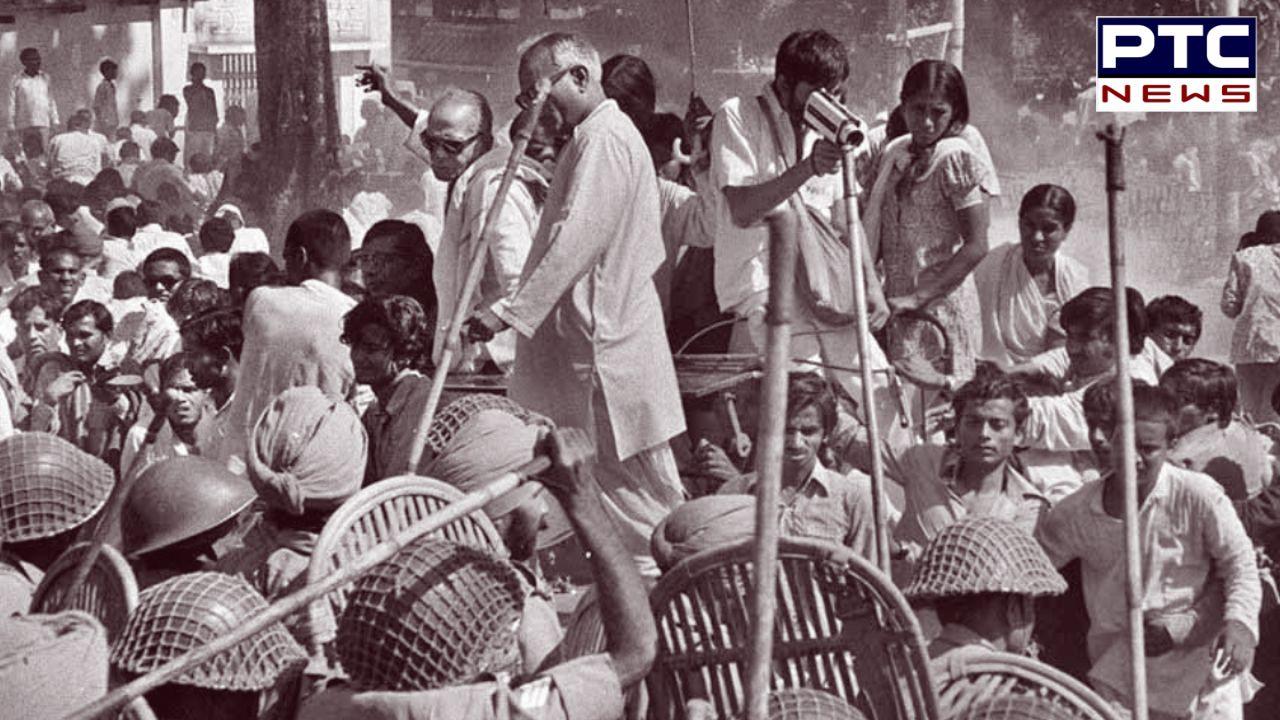
Day of Emergency
At midnight on June 25, 1975, Indira Gandhi made a momentous move following the Supreme Court’s decision on June 24, 1975. Indira Gandhi got in touch with then Chief Minister of West Bengal, Siddhartha Shankar Ray. He proposed to the prime minister Indira Gandhi to impose an “internal emergency” and also drafted the letter for the President Fakhruddin Ali Ahmed to issue the proclamation and showed her how democratic freedoms could be suspended while remaining within the ambit of the Constitution.
The declaration of Emergency allowed the central government to suspend civil liberties, arrest political opponents, and impose press censorship. It was a controversial move that drew widespread criticism both domestically and internationally.
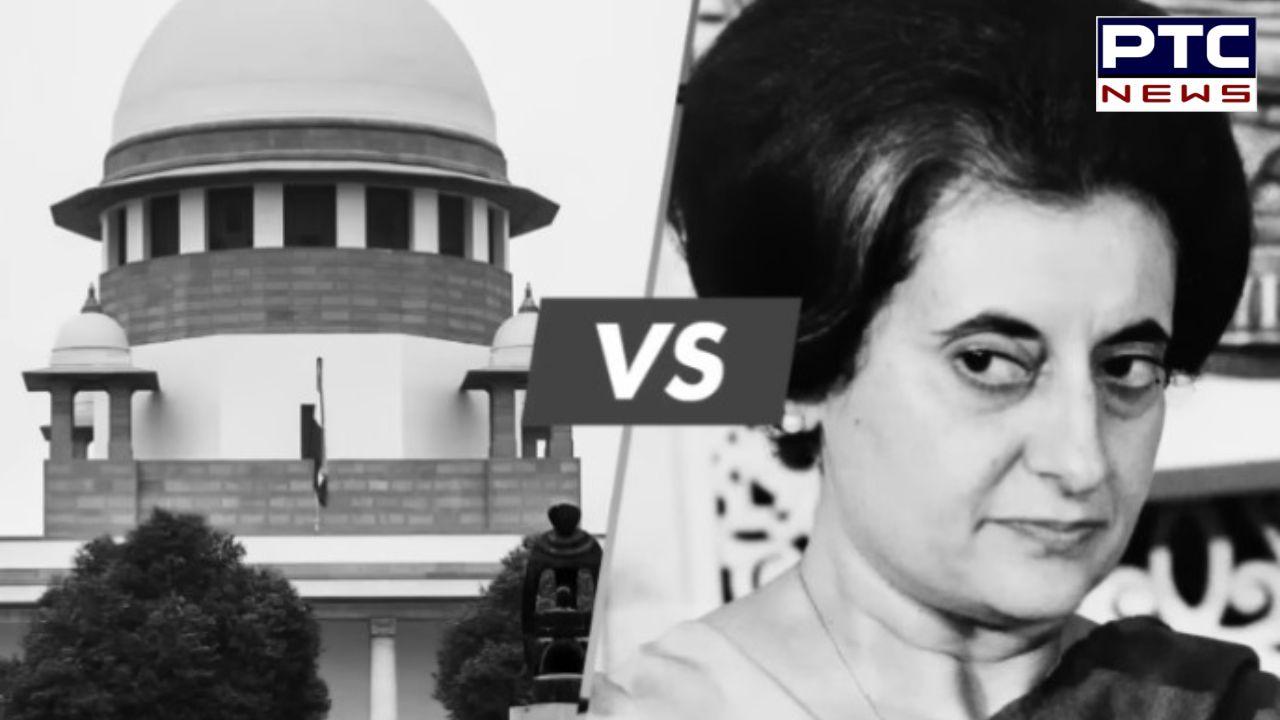
This was not the first time when emergency was declared in India. The first instance was between 26 October 1962 to 21 November 1962 during the India-China war, when “the security of India” was declared as being “threatened by external aggression”.
The second instance was between 3 and 17 December 1971, which was originally proclaimed during the Indo-Pakistan war.
Emergency power-cut
Within a few hours after the Emergency was declared, the electricity to all major newspapers was cut and the political opposition arrested including Vijayaraje Scindia, Jayaprakash Narayan, Mulayam Singh Yadav, Raj Narain, Morarji Desai, Charan Singh, Jivatram Kripalani, George Fernandes, Atal Bihari Vajpayee, Lal Krishna Advani, Arun Jaitley.
Most of these arrests happened under laws such as MISA, DISIR, and COFEPOSA. During the emergency 34,988 people were arrested under MISA, and 75,818 people were arrested under DISIR. This included both political prisoners and ordinary criminals
Meanwhile, certain political groups and organisations like the Rashtriya Swayamsevak Sangh (RSS) and Jamaat-e-Islami were banned. Leaders of the CPI(M), V.S. Achuthanandan and Jyotirmoy Basu, were detained along with numerous other party members.
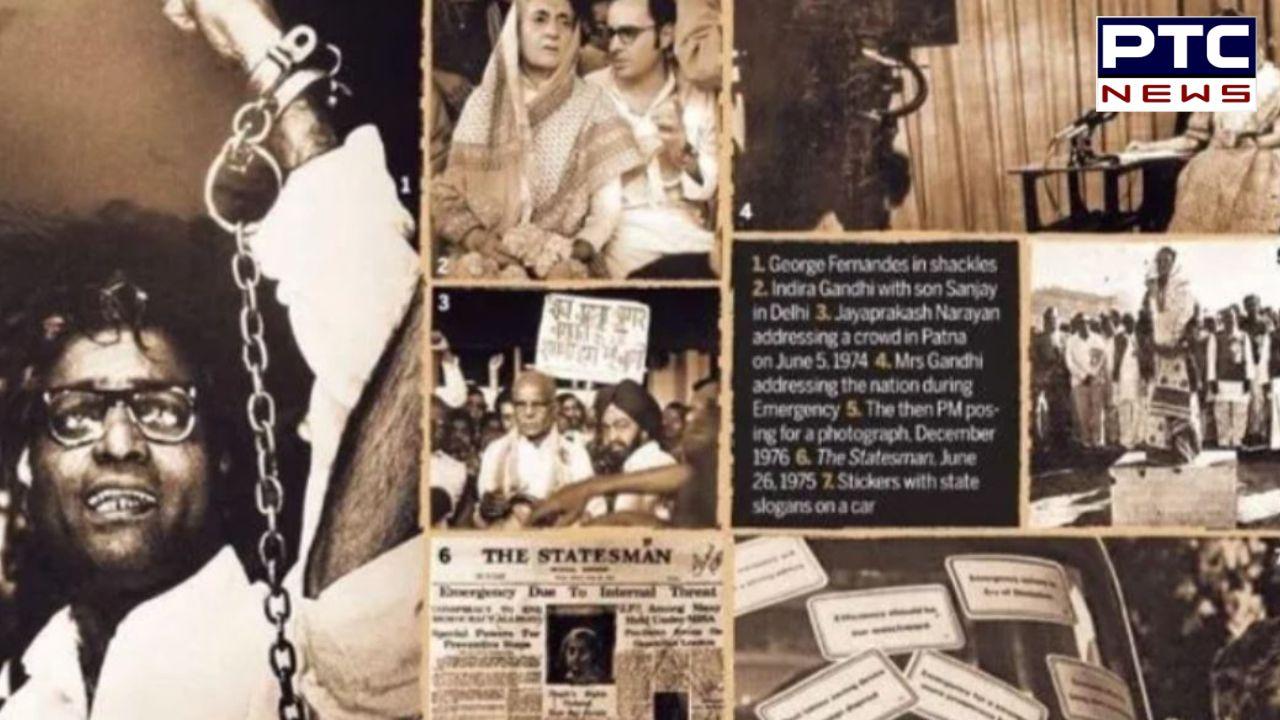
Protests
Punjab witnessed a formidable wave of protest as Shiromani Akali Dal was initiated in Punjab’s Amritsar where approximately 40,000 individuals were detained amid the demonstrations. Prominent leader of SAD Parkash Singh Badal was first detained in the Karnal jail in connection with Civil Liberties Agitation later under the Maintenance of Internal Security Act during the Indian Emergency
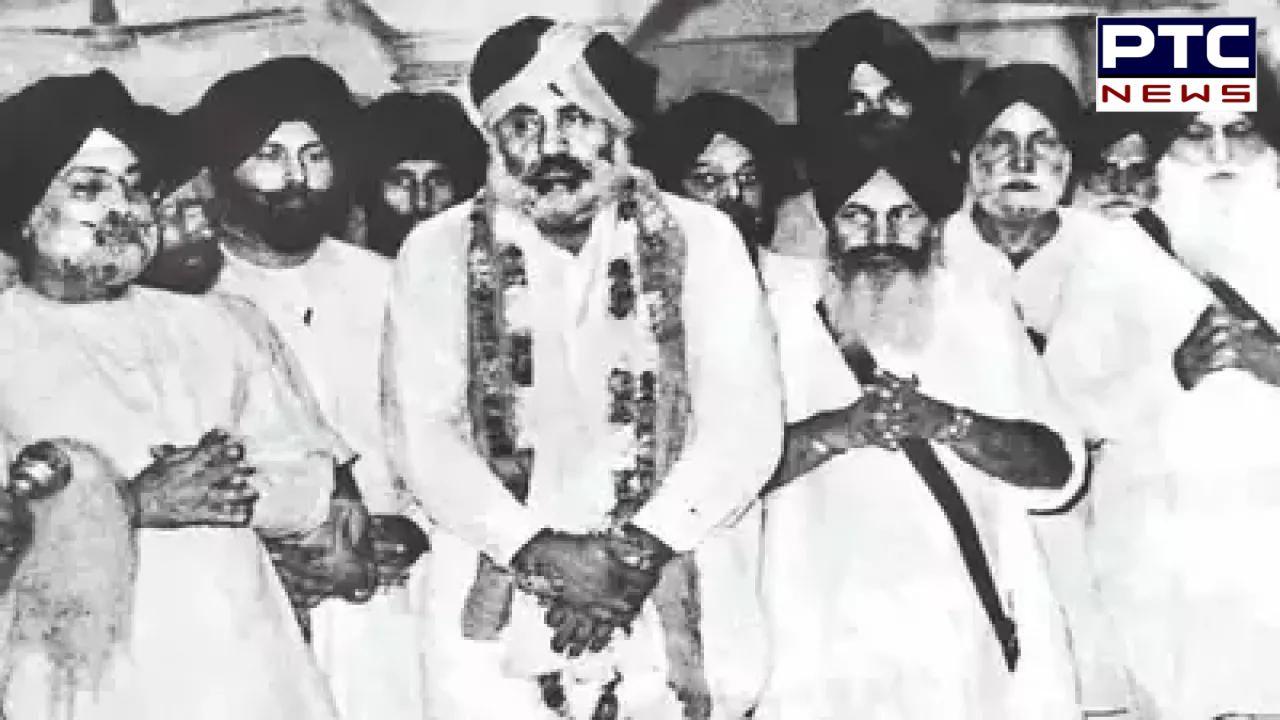
Lifting the Emergency: A Turning Point in Indian Democracy
Indira Gandhi surprised everyone by announcing elections on January 18, 1977, in the same way as the Emergency was declared. The Emergency ended on March 21, 1977, and general elections were held between March 16 and March 20 and saw the reigning Indian National Congress win just 154 seats in the Lok Sabha, a fall of 198 from the previous election, while the Janata Party and the CFD emerged victorious with a landslide victory, winning 298 seats.
In January 1980, the Congress Party led by Gandhi stormed back to power.
Operation Blue Star and the Assassination of Indira Gandhi
Operation Blue Star was a military operation ordered by Prime Minister Indira Gandhi in June 1984 to remove Sikh separatists from the Golden Temple in Amritsar. The operation led to significant casualties and damage to the holiest shrine of Sikhism.
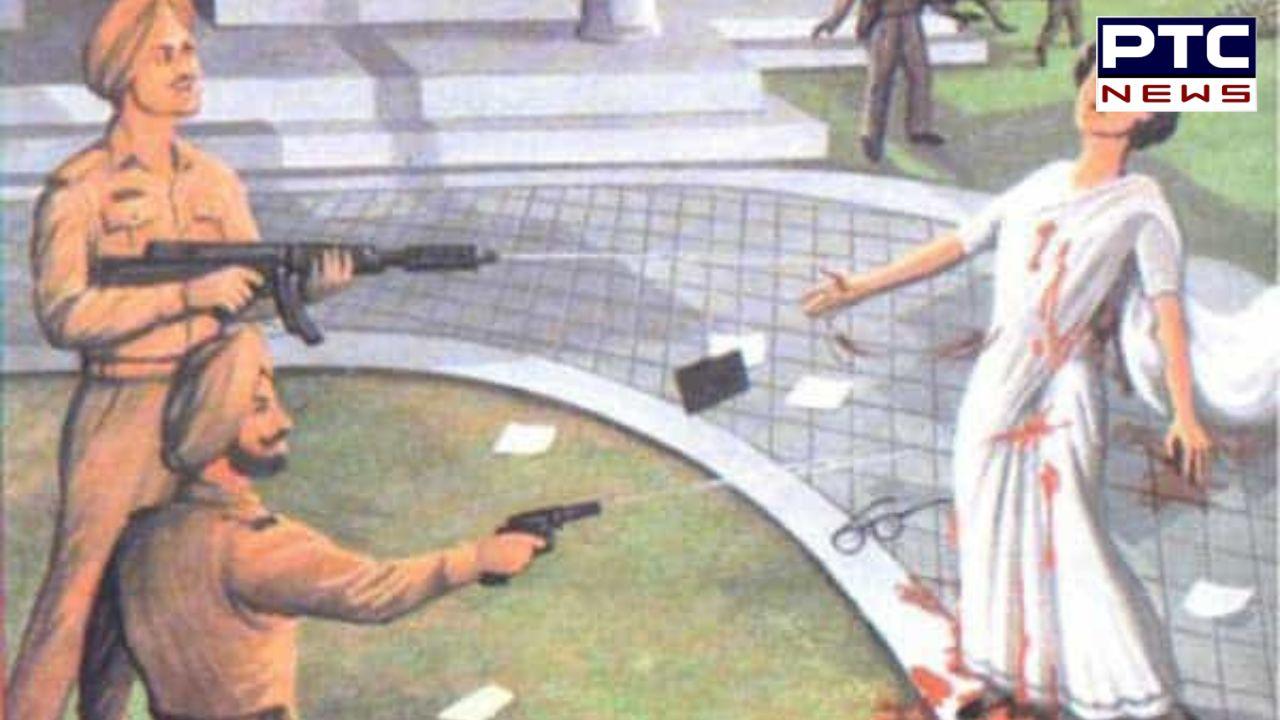
In retaliation, on October 31, 1984, Indira Gandhi was assassinated by her Sikh bodyguards, triggering anti-Sikh riots across India.
Recent Posts
- Crown of goddess Kali, gifted by PM Modi, stolen from temple in Bangladesh
- Hezbollah leader survives assassination attempt amid Israeli strikes that kill 22 in Beirut
- ਕ੍ਰਿਕਟ ਦੇ ਬਦਲੇ ਨਿਯਮ, ਹੁਣ ਇਸ ਕੇਸ ‘ਚ ਦੁਬਾਰਾ ਨਹੀਂ ਮਿਲੇਗੀ ਬੈਟਿੰਗ, ਮੰਨਿਆ ਜਾਵੇਗਾ
- ਸਚਿਨ ਤੇਂਦੁਲਕਰ ਦੇ ਬਰਾਬਰ ਪਹੁੰਚੇ ਜੋ ਰੂਟ, ਪਰ ਵਿਰਾਟ ਦੇ ਇਸ ਰਿਕਾਰਡ ਤੋਂ ਅਜੇ ਵੀ ਦੂਰ
- Ratan tata death: ਸਿਰਫ ਵੋਲਟਾਸ ਹੀ ਨਹੀਂ, ਸਵੇਰ ਤੋਂ ਰਾਤ ਤੱਕ ਤੁਹਾਡਾ ਕੰਮ ਟਾਟਾ ਦੇ ਬਿਨਾਂ ਨਹੀਂ ਚੱਲ ਸਕਦਾ